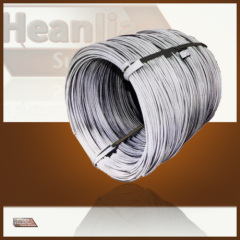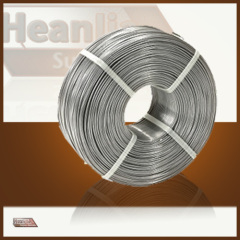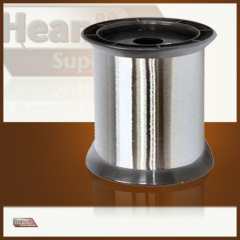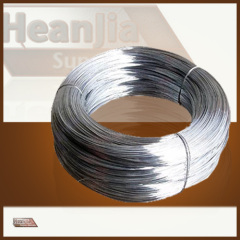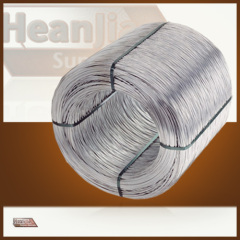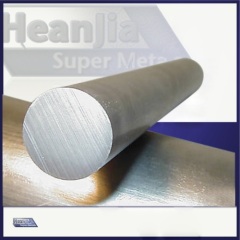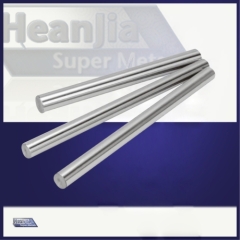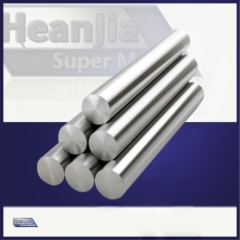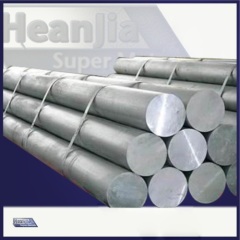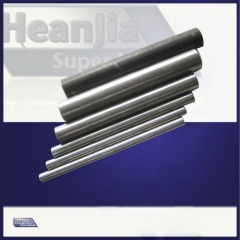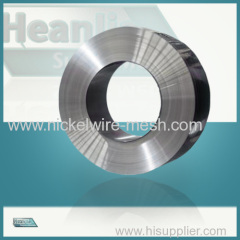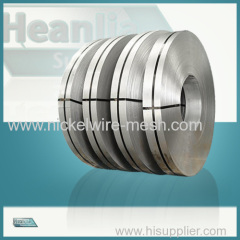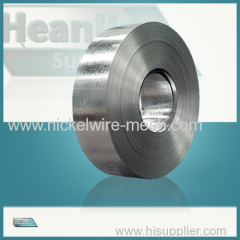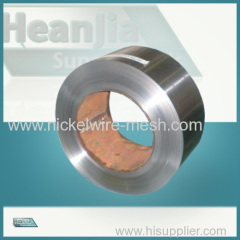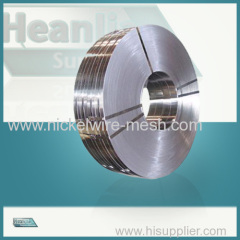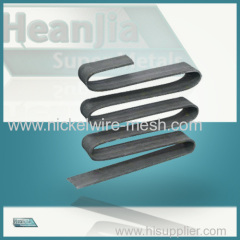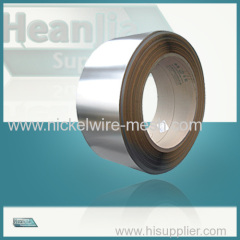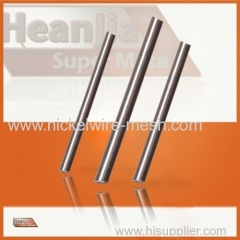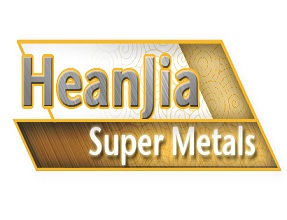
|
Heanjia Super-metals Co., Ltd.
|
301 Stainless Steel Wire
| Payment Terms: | T/T,L/C,D/A,D/P,WU |
| Place of Origin: | Hebei, China (Mainland) |
|
|
|
| Add to My Favorites | |
| HiSupplier Escrow |
Product Detail
301 Stainless Steel Wire has good corrosion resistance and elevated carbon to allow for cold working to a variety of tempers.
301Stainless Steel Wire
301 stainless steel wire is a commonly available austenitic stainless with good corrosion resistance and elevated carbon to allow for cold working to a variety of tempers. It can be obtained in the annealed, 1/4 hard, 1/2 hard, 3/4 hard, full hard.
301 stainless steel wire is a commonly available austenitic stainless with good corrosion resistance and elevated carbon to allow for cold working to a variety of tempers. It can be obtained in the annealed, 1/4 hard, 1/2 hard, 3/4 hard, full hard.
Wire Diameter: 0.05mm-10.0mm, 0.002 Inch to 0.3937 Inch
301Stainless Steel Wire Chemistry Data:
Carbon | 0.15 max |
16 - 18 | |
Iron | Balance |
Manganese | 2 max |
Nickel | 6 - 8 |
Phosphorus | 0.045 max |
Silicon | 1 max |
Sulphur | 0.03 max |
301Stainless Steel Wire Physical Data:
Density (lb / cu. in.) | 0.29 |
Specific Gravity | 7.8 |
Specific Heat (Btu/lb/Deg F - [32-212 Deg F]) | 0.12 |
Electrical Resistivity (microhm-cm (at 68 Deg F)) | 432 |
Modulus of Elasticity Tension | 28 |
Mechanical Properties
Grade 301 Temper ASTM A666 | Tensile Strength (MPa) min. | Yield Strength 0.2% Proof (MPa) min. | Elongation (% in 50mm) (thick.>0.76mm) min. | Bend Test (thickness > 1.27mm) | |
Bend Angle (°) | Factor | ||||
Annealed | 515 | 205 | 40 | - | - |
1/16 Hard | 620 | 310 | 40 | 180 | 1 |
1/8 Hard | 690 | 380 | 40 | 180 | 1 |
1/4 Hard | 860 | 515 | 25 | 90 | 2 |
1/2 Hard | 1035 | 760 | 18 | 90 | 2 |
3/4 Hard | 1205 | 930 | 12 | 90 | 3 |
Full Hard | 1275 | 965 | 9 | 90 | 5 |
Applications
Automotive trim, kitchen equipment, hose clamps, wheel covers, aircraft components and a wide variety of industrial applications.
Welding
All popular techniques may be used, however the material will lose temper in the heat affected weld zone.
Forging
Commence forging at 2000-2200 F(1093-1204 C) and finish at 1700 F(927 C).
Hot Working
While cold forming is recommended wherever feasible, forging, upsetting and other operations can be performed at 1800-2100 F. Temperatures above this range will cause scaling and a reduction in the workability of the material. Post-process annealing is required to re-attain maximum corrosion resistant properties.
Cold Working
Most common cold work methods are successful with this alloy. It should be understood however that the material will be more difficult to work than other austenitic stainless steels due its high work hardening rate. The resulting hardening will, however, produce increases in strength and toughness which may be of value in the finished product.
Annealing
1850-2050 F (101-1121 C) followed by rapid cooling. For thin sections air cooling is acceptable, while heavier sections should be water quenched.
Hardening
This alloy does not respond to heat treatment.
Wire Further Processing | Cut to length Wire |
Flat Wire | |
Square and Shaped Wire | |
Rewinding and spooling | |
Polishing and cleaning |
Didn't find what you're looking for?
Post Buying Lead or contact
HiSupplier Customer Service Center
for help!
Related Search
Stainless Steel 301
Stainless Steel Wire Mesh
Stainless Steel Wire
304l Stainless Steel Wire
Galvanized Stainless Steel Wire
Spring Stainless Steel Wire
More>>


